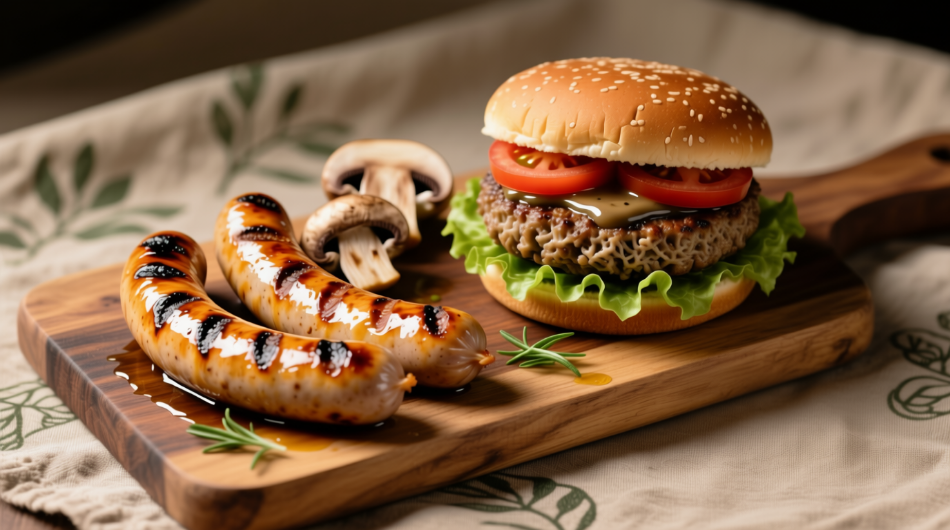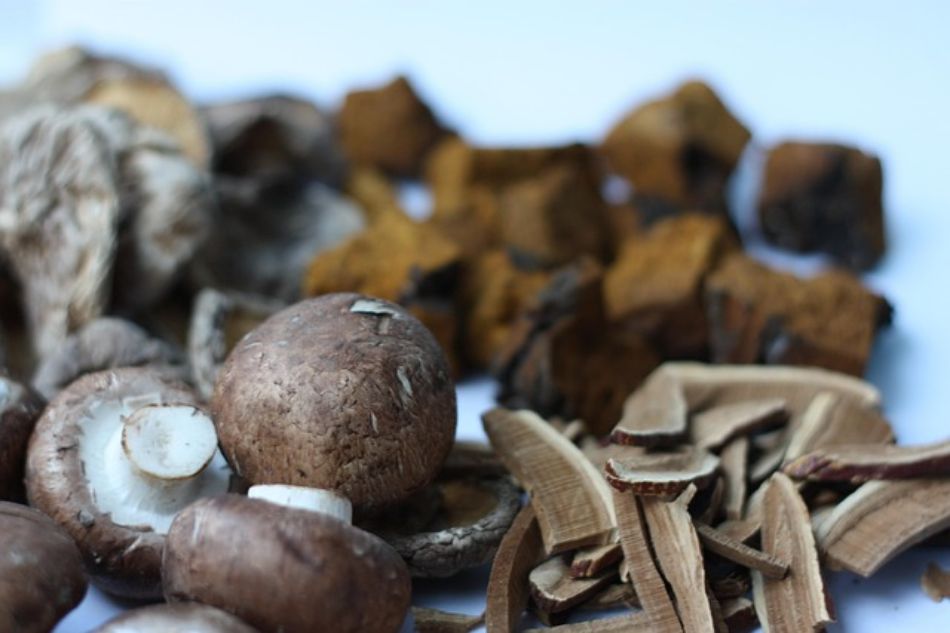In the increasingly diverse landscape of alternative sausages and burgers, one player is emerging with surprising force: mycelium. This complex network of hyphae, which constitutes the vegetative part of mushrooms, is revolutionizing the way we think about the food of the future. Mycelium-based sausages and burgers represent not simply a meat alternative, but an entirely new food category, with unique sensory and nutritional characteristics. In this article, we will explore in depth the potential of this extraordinary ingredient, analyzing the production processes, nutritional properties, environmental impact, and future prospects of a rapidly expanding sector.
For millennia, mushrooms have represented not only a culinary delicacy but also an invaluable source of bioactive compounds with medicinal properties, such as beta-glucans. These molecules are emerging as molecules of extraordinary scientific interest due to their ability to modulate and enhance the immune response. This article aims to explore in depth the structure, mechanisms of action, and health benefits of these unique polysaccharides, with particular attention to the scientific evidence supporting their use in the prevention and treatment of numerous pathological conditions.
In the vast landscape of mycoculture, the choice of inoculation substrate is a crucial decision that can determine the success or failure of an entire crop. Among the various available options, cereals have emerged as the preferred propagation medium due to their chemical composition, physical structure, and ability to support mycelial growth. This article aims to conduct an in-depth and detailed analysis of three cereals widely used in mycoculture: rice, rye, and barley. This focus is on their carbon-to-nitrogen (C:N) ratio, a key parameter that directly influences mycelial development, colonization rate, and final crop yield.












